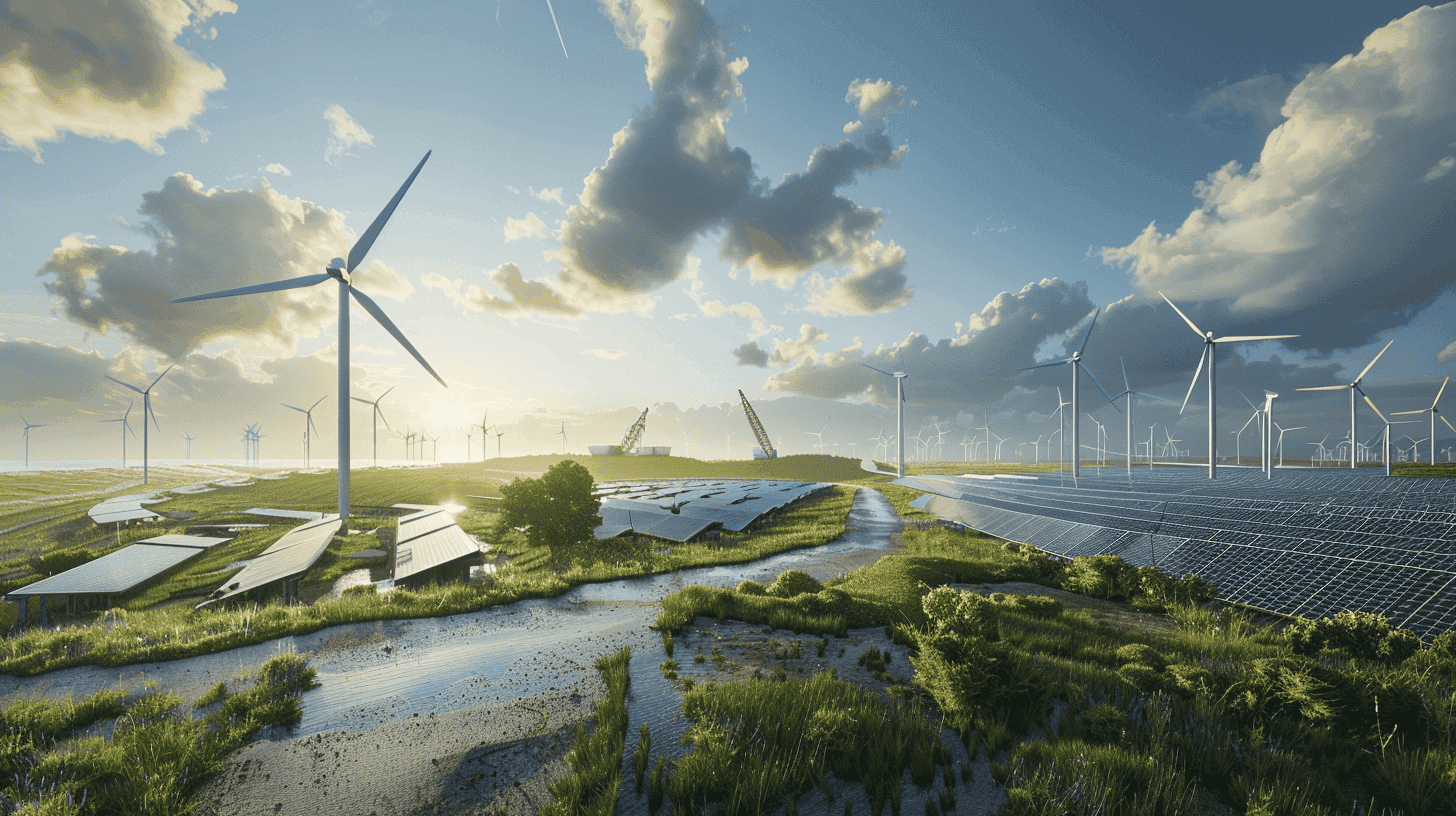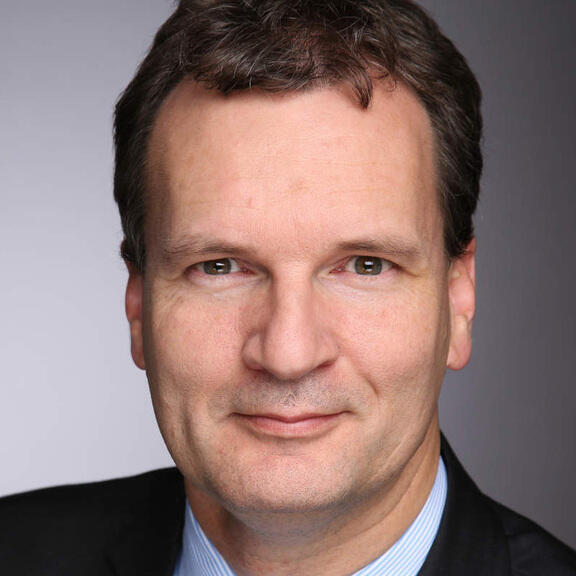Don’t hit the brakes on renewable power, expert warns
Ensuring an strong, extensive renewable power generation capacity cannot be understimated, says Prof. Dr. Dirk Uwe Sauer.
Published on September 23, 2025

Mauro swapped Sardinia for Eindhoven and has been an IO+ editor for 3 years. As a GREEN+ expert, he covers the energy transition with data-driven stories.
“Without increasing our renewable energy generation capacities, there will be no electric future, no hydrogen economy either,” states Prof. Dr. Dirk Uwe Sauer. He is the Chair for Electrochemical Energy Conversion and Storage Systems at the RWTH Aachen University. Although we have seen an increase in the investments in wind, solar, and hydro power generation assets over the past few years, much more will be needed, according to the professor.
Sauer was the lecturer of Brightlands Chemelot Campus’s Science Lecture “Energy System of the Future” held on September 18. His speech focused on the technologies and challenges that the European energy system faces in terms of power, heat, mobility, and industrial processes. The professor has extensive knowledge and expertise in batteries and renewable energy systems.
Renewable power is the core of the transition
He began his talk with a stark reminder: despite decades of warnings, global CO₂ emissions continue to rise. While there is hope that peaking will occur soon, especially as China’s emissions begin to decline, even the most ambitious current pathways are insufficient to limit warming below 2°C.
The winners have been picked. To the professor, it is clear that “Wind and sun energy will be the major sources of energy of the future.” Over the past few years, wind and solar energy have become the most cost-effective sources of electricity production. We will need more renewable power to meet our growing electricity needs, which will increase as we continue to electrify.
“Electrical power has the highest value of all energies,” Sauer said. “If you have it, try to use it directly.” This means prioritizing direct electrification — such as heat pumps for buildings and battery-electric vehicles — because they offer the largest and fastest CO₂ savings. For long-haul flights, shipping, and specific industrial processes where electrification isn’t feasible, hydrogen-based fuels and synthetic hydrocarbons will still be necessary, albeit at significantly higher costs.

Prof. Dr. Dirk Uwe Sauer
Chair for Electrochemical Energy Conversion and Storage Systems at the RWTH Aachen University
The academic has extensive experience in battery technology and renewable energy systems. He is also the Chair of the Board of Directors of the interdisciplinary policy advisory project of the German National Academy of Sciences.
The role of hydrogen
How does hydrogen fit in this puzzle? Hydrogen is one of the most debated topics within the energy transition, as the promises of a hydrogen economy haven’t been fulfilled yet, given the high costs. Producing a kilogram of hydrogen—equivalent to around 33 kWh of electricity—in Europe can cost up to €7. Some of the most recent utility-scale solar projects in Germany show prices as low as €0.05/kWh.
In Sauer’s vision, hydrogen will be produced on a significant scale once society has been fully electrified. He also warns that in the coming decades it will be a “rare good” and must be allocated to sectors with long investment horizons — such as steel, chemicals, and backup power generation — rather than mass passenger transport or household heating.
Furthermore, the academic doesn’t believe that in the future, Europe will have to rely on imports. Transporting liquefied hydrogen is energy-intensive, and minimal infrastructure, combined with investment risks in politically unstable regions, drives up costs. Europe, he argued, should focus on producing hydrogen domestically during periods of surplus renewable electricity, rather than relying on large-scale imports from Africa or the Middle East.
Preparing for the age of electricity calls for a rehaul
Sauer demonstrated that the future energy system is not just about generation, but also about interlinking sectors and managing variability. Unlike gas networks, which have inherent storage capacity, electricity grids require additional storage technologies to meet their needs. Batteries can cover short-term fluctuations, but periods when there is little wind or sun will still demand hydrogen or synthetic fuels for gas turbines.
He illustrated this with January 2023 data from Germany: two weeks of high wind power followed by nearly windless, sunless conditions. Even tripling wind capacity and quintupling solar would not eliminate such gaps. “Batteries will never do this,” he stressed; long-term chemical energy carriers must play that role.
Making the transition real
Having identified the gaps each technology needs to fill, the political and social dimensions of the transition can’t be underestimated. Building sufficient renewable capacity requires public acceptance of wind turbines and grid infrastructure, as well as clear and consistent policy signals. “It’s so easy to destroy confidence from a political side and so difficult to rebuild it,” he said.
To ease the transition, the academic advocates focus on the most cost-effective technologies, rather than the best ones. Sauer strengthened the case, citing, as an example, the use by Chinese automakers of cheaper, simpler lithium-iron-phosphate (LFP) batteries in their cars, rather than more complex chemistries. “In energy, too, success will depend on affordability and scale,” he stressed.
